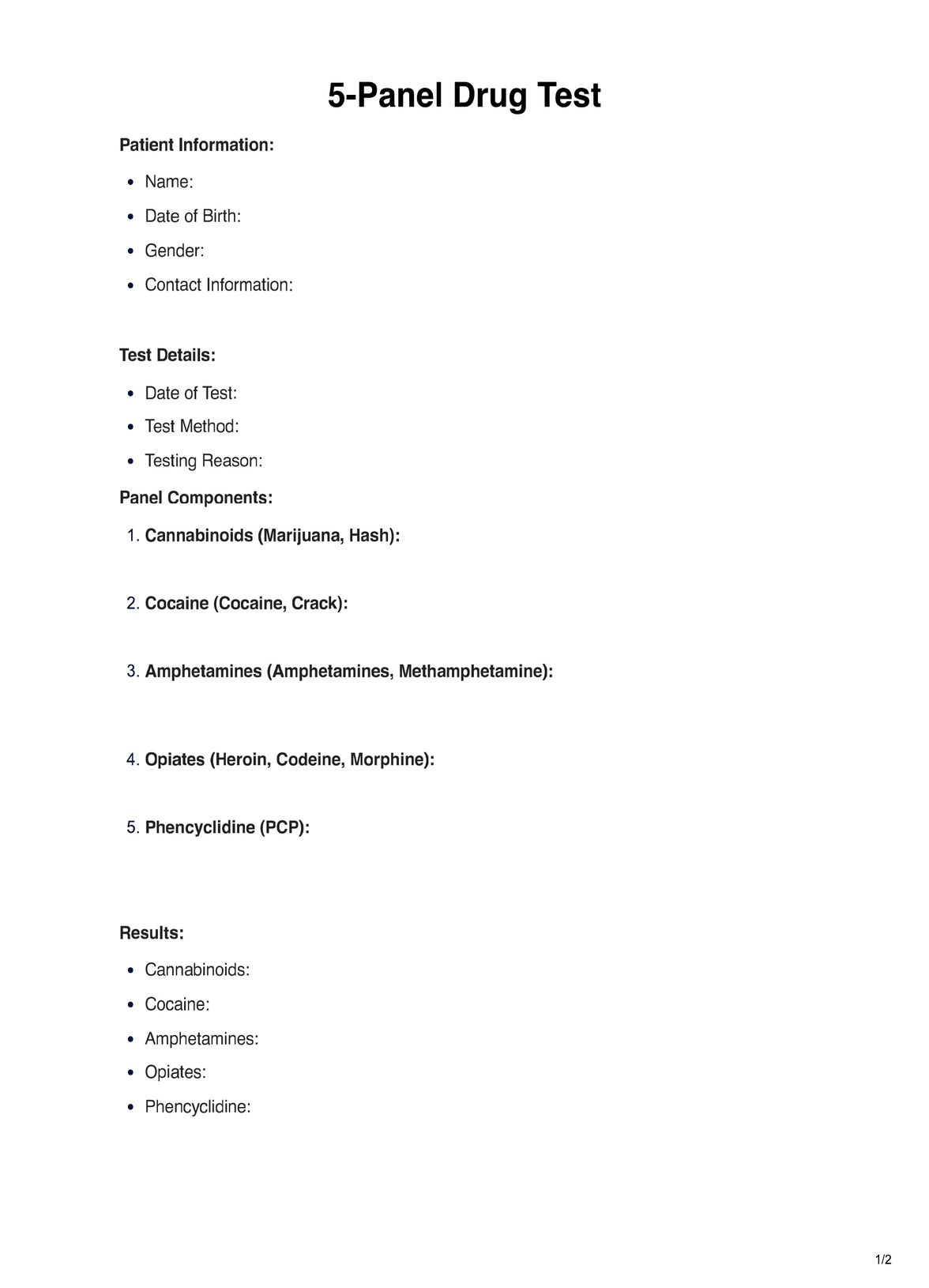5 Panel Drug Tests are commonly requested by various entities such as employers, healthcare practitioners, law enforcement agencies, rehabilitation facilities, and legal authorities. Employers often use these tests during hiring or for random screenings to ensure workplace safety. Healthcare practitioners might request them for health assessments or suspected substance abuse cases. In contrast, law enforcement or legal entities use them as part of probation, parole, or court-mandated conditions.












